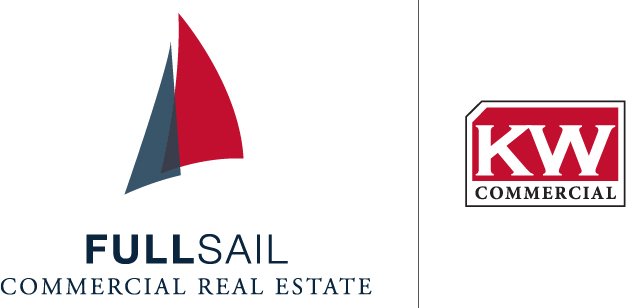
Revitalizing Underperforming Properties: Turning Challenges into Opportunities
Underperforming commercial properties can be a daunting challenge for property owners and investors. Yet, with the right strategies, these challenges can be transformed into lucrative opportunities. By focusing on renovation, rebranding, repositioning, and adaptive reuse, you can unlock the full potential of a property, maximize its value, and attract high-quality tenants.
- Assessment of the Property’s Current Condition
The initial step in revitalizing an underperforming property is to conduct a thorough assessment. Identifying the underlying reasons for underperformance is crucial, such as outdated infrastructure, lack of amenities, poor market positioning, or a decline in local demand. A comprehensive market analysis should be performed to examine local trends and competitive dynamics. The insights gathered will form the foundation for developing an effective revitalization strategy.
- Renovation: Enhancing the Property’s Appeal
Renovation is a key component in transforming underperforming properties. Updating the infrastructure and enhancing the aesthetic appeal can significantly improve a property’s marketability. Focus on upgrades that provide the greatest return on investment, such as energy-efficient systems, modern HVAC units, and improved lighting. Additionally, enhancing the property’s exterior through updated facades, landscaping, and parking facilities can create a positive first impression for prospective tenants.
Creating adaptable spaces that meet the diverse needs of tenants can also boost occupancy. Features such as open floor plans, collaborative workspaces, and flexible layouts are increasingly in demand.
- Rebranding: Redefining the Property’s Image
An underperforming property may suffer from a negative reputation or an outdated image. Rebranding can alter public perception and attract a fresh tenant base. This process includes creating a new name, logo, and marketing materials that reflect the property’s updated identity. Promotional campaigns should emphasize key improvements and distinctive features.
Utilizing digital marketing platforms—such as social media, virtual tours, and property listing websites—can help broaden the property’s exposure and attract potential tenants.
- Repositioning: Aligning with Market Demand
Repositioning a property entails adapting it to meet the demands of a different tenant demographic or market segment. For example, a struggling retail property might be repurposed as a mixed-use development with residential and office spaces. Similarly, traditional office spaces could be converted into co-working environments or medical facilities, catering to growing industries.
It is essential to understand local market trends and tenant preferences when pursuing this strategy. Collaboration with leasing agents and industry professionals ensures that the repositioning plan aligns with current demand.
- Adaptive Reuse: Realizing the Property’s Full Potential
Adaptive reuse refers to repurposing a property for a new use, and it can be an effective strategy for revitalization. This approach works particularly well for properties with unique architectural features or historical significance. Examples of adaptive reuse include converting old warehouses into modern lofts, transforming factories into retail spaces, or turning former shopping malls into fulfillment centers for e-commerce businesses.
Not only does adaptive reuse extend the life of a property, but it also aligns with sustainability trends, appealing to socially conscious tenants and investors.
- Attracting and Retaining Tenants
Once the property has been revitalized, the next step is to attract and retain high-quality tenants. Offering competitive lease terms, upgraded amenities, and efficient property management are essential to attracting tenants. Additionally, providing tenant-focused perks such as fitness centers, on-site dining, or high-speed internet can make the property more attractive.
Ongoing communication and proactive maintenance are critical in fostering tenant satisfaction and retention. Satisfied tenants are more likely to renew leases and recommend the property to others.
- Measuring Success and Adapting Strategies
Revitalization is an ongoing process that extends beyond the completion of renovations or repositioning. Continuous evaluation of key performance indicators such as occupancy rates, rental income, and tenant satisfaction is essential. Strategies should be adjusted in response to market changes or tenant feedback.
Underperforming properties can be transformed into valuable assets with the right strategic approach, generating strong returns and long-term value.
Find a commercial agent that will stay by your side, to help you face unpredictable times with confidence. Knowing that you have a full-service agent that understands demographic shifts and how to make them work to your advantage is key to your success. Give us a call today at Full Sail Commercial Real Estate, Mankato, MN at 507-317-2353.
This article has been created based on internal data, information available publicly and other reliable sources. The article may also include information which are the personal views/opinions of the author(s.) The information included in this article is for general, educational, and awareness purposes only and is not a full disclosure of every material fact.
